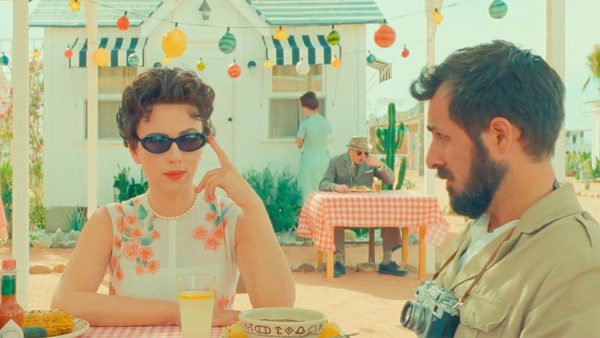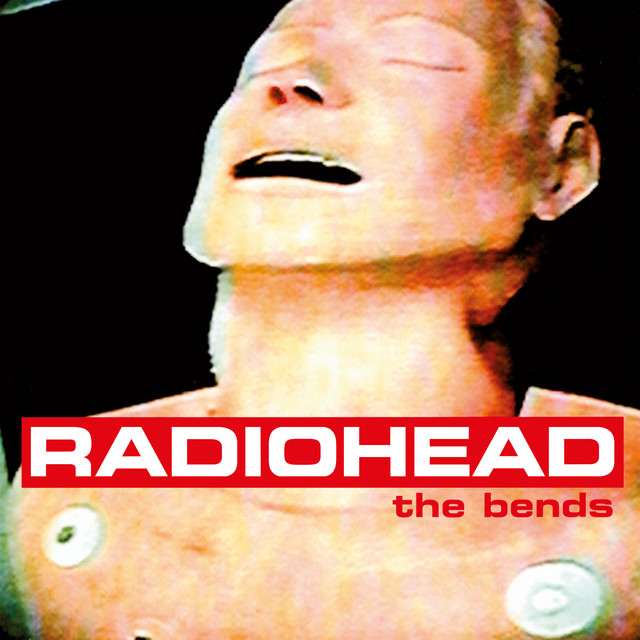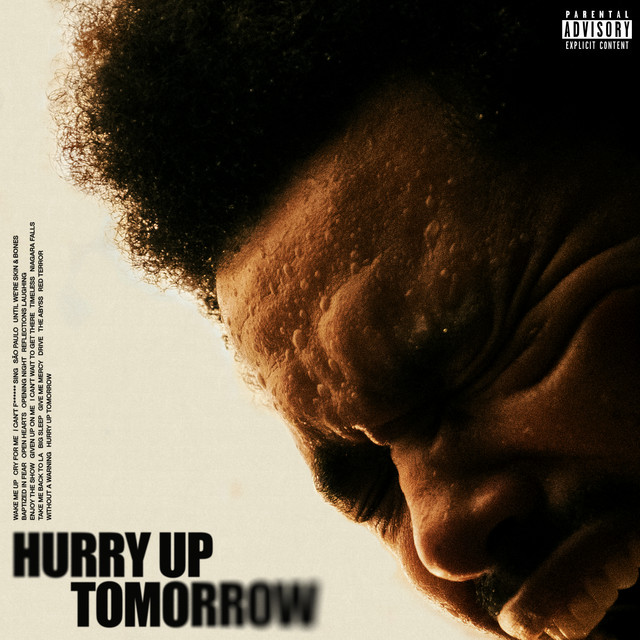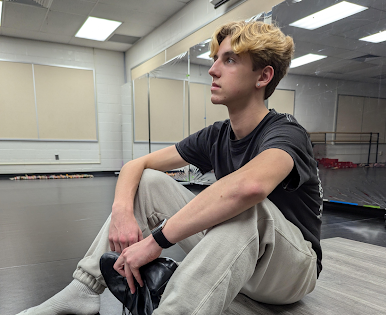Wes Anderson’s “Asteroid City” is an exercise in style that uses its quirky attributes to make a spectacle of themes that exist beyond the narrative.
While the film is certainly visually striking, with muted neons of orange and teal teasing a vintage aesthetic that’s further exacerbated by old fashioned clothing, and constant atomic bomb tests in the background that date the film to what is likely the early 1940s, the rest of it functions in the same uniquely striking way. The dialogue is concise, with nothing being said beyond what needs to be, and the music is often filtered and crackling as if it’s intended to be diegetic-but it very well may be.
The narrative vehicle in which “Asteroid City” is told is just another extension of Anderson’s stylish tendencies. Rather than just being a film telling its story within the medium, the story is split into two forms: an episode of a TV show detailing the making of a theater production titled “Asteroid City,” and Asteroid City, the play, itself; therefore, who’s to say that the background music isn’t actually playing?
Although, considering it to be a play is quite a stretch. It functions exactly as a film would, with the exception of occasional character breaks and skips to the behind-the-scenes of the production. The “set” of the play is seamless, centering on a small desert town hosting a juvenile Space Cadet convention. There is no stage-the audience only sees the actual town, as if Anderson is daring you emotionally invest in the characters, knowing they’re just being played by actors, but isn’t that every film? This narrative framing pushes for the viewer to care about art. We know that the characters aren’t quite real, but neither are the actors. But what exactly Anderson was communicating beyond this is completely separate from the plot.

“Asteroid City” could have been about anything. The plot takes a backseat to the themes of the unknown: questions are seldom answered, but never cease to be asked. If you go in expecting a movie driven by plot or characters, you will end up sorely disappointed. This film’s value stems from the themes it explores via simple dialogue and a unique storytelling format. Nothing ties it to having to have been filmed where it was or the characters it explores. To put it in the words of the in-film actors, even if you don’t quite understand it, “Doesn’t matter. Keep telling the story.” “Asteroid City” embraces the unknown, and it wants you to do the same. It’s okay to not know everything.
While the film is listed as a comedy-drama, I can’t say I found myself laughing. Although certain scenes and pieces of dialogue have a humorous glint to them, the movie itself isn’t funny. It’s slow and hypnotic, with traditional Wes Anderson centered shots that linger a little longer than you might be used to in other films, in a way that forces the audience to sit with what they’ve seen. But Asteroid City is undoubtedly recognizable as an Anderson work, and I imagine fans of the director will be pleased to see that he has seemingly out-Anderson’ed himself, by making a work that is the stylistic epitome of all of his other outputs.
With a runtime of 105 minutes and currently streaming for free on Amazon Prime, I implore you to check it out. My personal rating would be a 7/10, but don’t listen to me; watch it and make your own judgements.

















































































